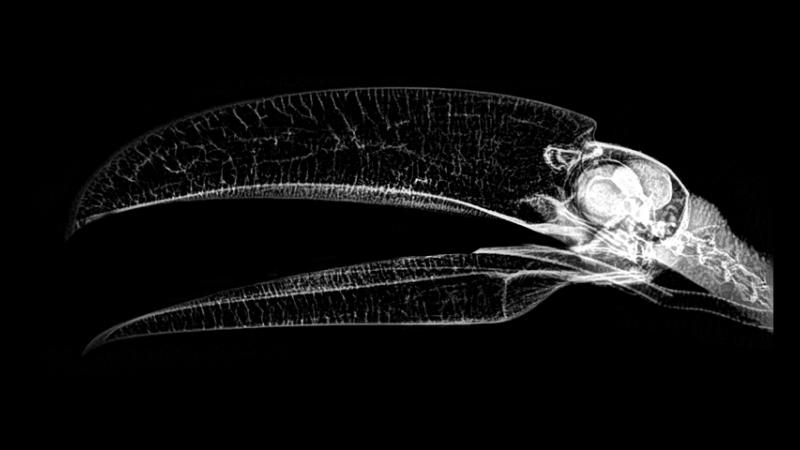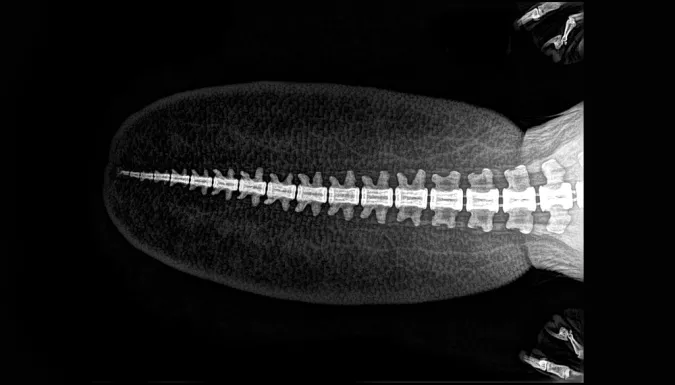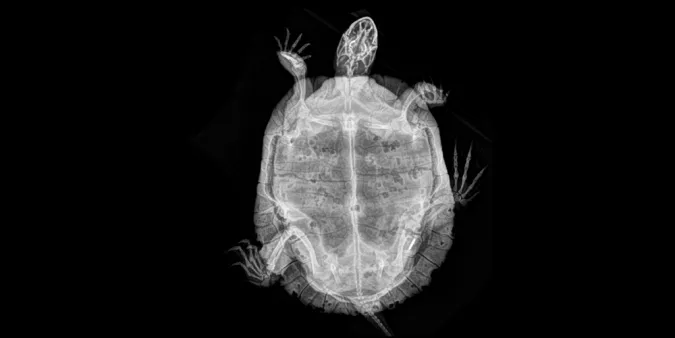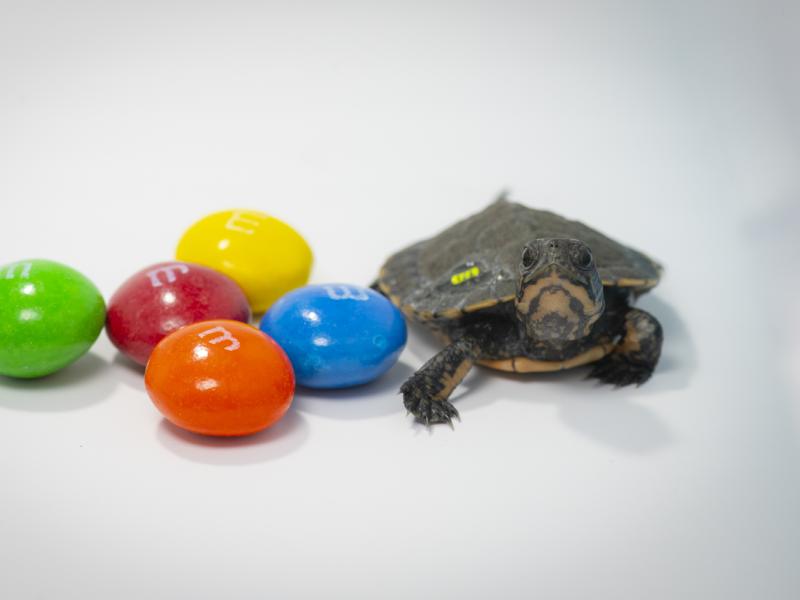Routine zoo checkups yield spectacularly spooky x-rays

Images help zoo provide great animal care — and also offer a unique look at wildlife
Every animal at the Oregon Zoo receives routine health exams, and often these checkups include X-rays. Digital radiology has proved a useful diagnostic tool and helped the zoo's animal experts provide excellent health care.
But how do you X-ray a 320-pound Amur tiger? Very carefully, of course — and with state-of-the-art equipment, funded largely by a 2009 donation from Banfield Pet Hospital.
Digital radiology allows veterinary staff to get X-ray results faster and fine-tune the images after taking them, which minimizes anesthesia and examination time for animals. This decreased anesthesia time means lower risk and improved safety for patients. They can also digitally archive images for later comparison, and share X-rays with consultants and veterinary staff at other zoos.
With Halloween approaching, the zoo compiled a spectacularly spooky set of X-rays — chameleon, toucan, beaver, bat, tiger and eagle — for a fun video on the zoo's YouTube channel.
The digital system produces images with great detail and clarity. It helps ensure excellent health care for the animals, and it also provides a unique glimpse inside the world of wildlife.


More News

Zoo welcomes 'very special group' of Pacific lamprey
Twenty five Pacific lamprey arrived at the zoo from nearby Willamette Falls.June 26, 2025

A leap forward: Endangered frogs hit survival milestone
For the first time, zoo-reared northern leopard frogs survived a winter in the wild at the Columbia National Wildlife Refuge.June 12, 2025

Tiny Endangered Turtle Hatchlings Arrive At Zoo
Seventeen northwestern pond turtle hatchlings, each about the size of a walnut, are making themshellves at home at the Oregon Zoo this summer.June 4, 2025

